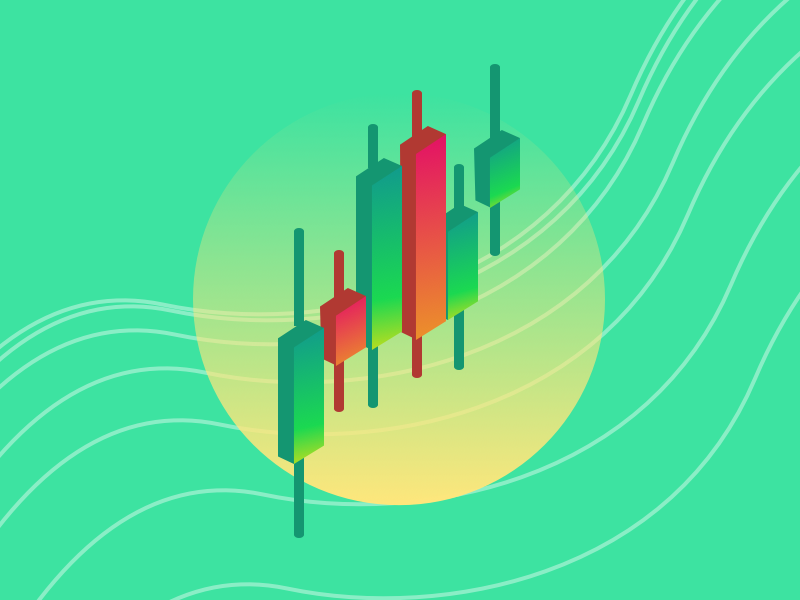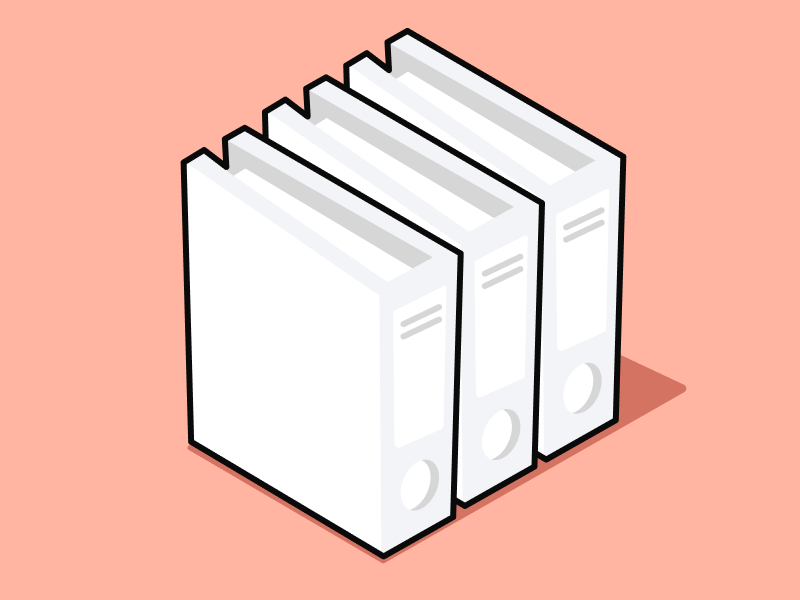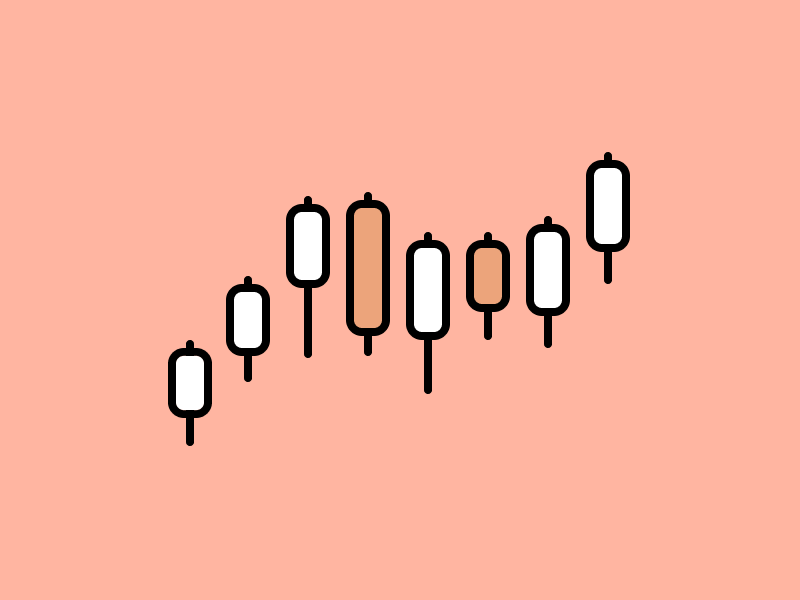8 Best NFT Marketplace on Ethereum
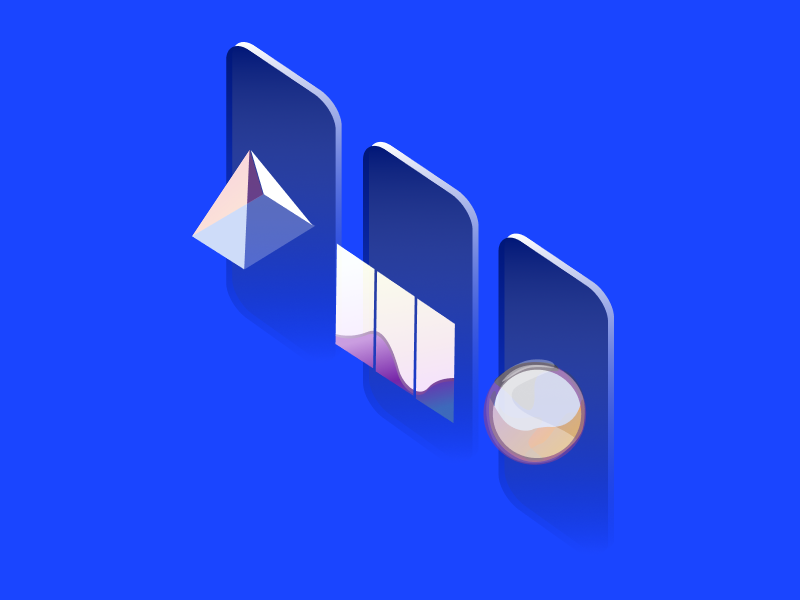
The growing popularity of NFT is attracting many people to enter the world of NFT. Starting from Ghozali’s collection that suddenly exploded, local creators started making lots of their own NFT collections, to Bored Ape Yacht Club (BAYC) NFTs which cost thousands of dollars. Most people who want to try collecting NFTs must start by looking at blue-chip NFT collections such as CryptoPunks, BAYC, and Cool Cats. However, there is actually a large selection of NFT collections that can be accessed from a wide selection of NFT digital markets. These marketplaces also have an easy-to-use UI. Then, how do we choose the best NFT marketplace? What are the best NFT marketplace options that you can use? This article will cover some of the most popular NFT marketplaces on the Ethereum blockchain.
Article summary
- Non-fungible token or NFT is a digital asset that cannot be replaced or exchanged. Additionally, NFT uses an identification system that is stored in the blockchain network so that identity and all information about it cannot be manipulated or changed.
- NFT has succeeded in entering the mainstream because many artists, musicians, and popular figures have started to collect NFT and promote it. In this context, NFT began to be seen as a valuable social symbol.
- Most NFT marketplaces on the Ethereum network are open where anyone can register and create their own NFT. However, some of these marketplaces have a curation system that limits their NFT creators to maintain the quality of the collections created.
- In general, the NFT marketplace can be divided into 2 types, the open NFT market, and the curated NFT market. Open NFT marketplaces such as Rarible and OpenSea are focused on having as many NFT collections as possible and opening access to anyone who wants to create NFTs. In contrast, curated NFT marketplaces such as SuperRare and KnownOrigin want to create limited NFT platforms that create quality collections that target art collectors.
What is NFT and why is it popular?
Non-fungible token or NFT is a digital asset that cannot be replaced or exchanged. NFT uses an identification system that is stored in the blockchain network so that identity and all information about it cannot be manipulated or changed. Therefore, each NFT product is unique because there is only one identity and code for each NFT.
NFT is starting to gain popularity as a digital art collection that also acts as an asset. Most people collect NFTs for the same reasons most art collectors do, as a hobby. However, more than that, now many are realizing that NFT is a digital asset that can bring profit. The trick is to buy popular NFT collections at low prices and then sell them at high prices. In addition, many people are looking for NFT collections that are relatively unknown in the hope that the price will increase in the future.
NFT has also managed to enter the realm of the mainstream because many artists, musicians, and popular figures have started to collect NFT and promote it. In this context, NFT is now a valuable social symbol. In fact, Twitter now has a feature of making NFT a social media avatar and will detect the NFT automatically.
Why use marketplace NFT on the Ethereum network?
Ethereum is the first blockchain network to allow the creation of NFT. The Ethereum network has the largest NFT market and the most NFT collections. Therefore, the NFT marketplace on Ethereum is a good first step for those of you who are new to the world of NFT.
A few things you need before buying NFT on the marketplace:
- Cryptocurrencies that are compliant with the marketplace, ETH for marketplace NFT on the Ethereum network
- MetaMask application or another digital wallet compatible with the marketplace
Several NFT marketplaces on the Ethereum network
1. OpenSea
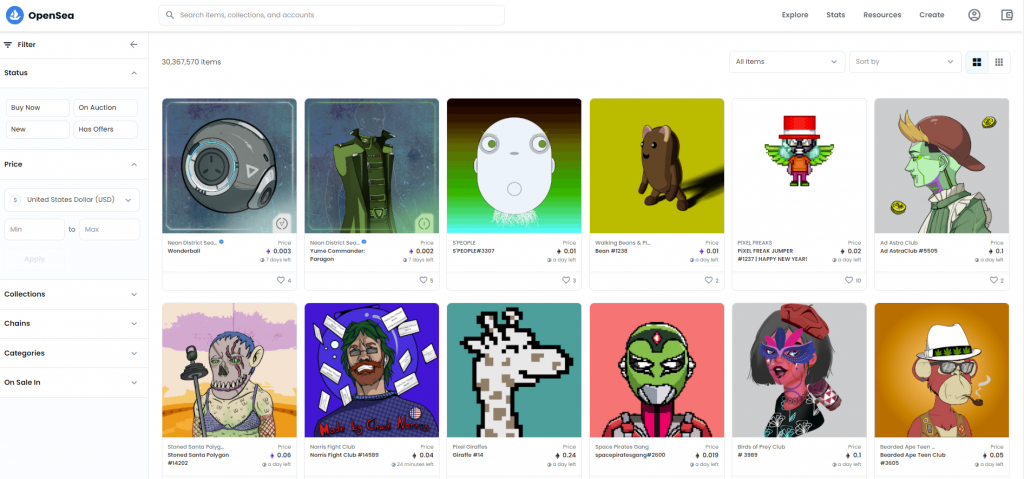
OpenSea is the most popular and most used digital NFT marketplace. NFT transactions on OpenSea are conducted peer-to-peer and the website interface is easy for anyone to use. According to DAppRadar, OpenSea’s trading volume in the last 30 days was $2.3 billion dollars. This figure places OpenSea as the leader of the NFT marketplace which can attract many buyers and creators who want to create NFT.
OpenSea supports 150 cryptocurrencies as payment methods. In addition, the process of buying, selling, and creating (minting) NFT on OpenSea is also very simple. OpenSea charges a 2.5% fee on every NFT transaction. In addition, OpenSea also supports the Polygon blockchain network so you can use it to avoid expensive transaction fees on the Ethereum network.
Reasons to use:
- Has the largest NFT collection
- 150 tokens as the payment method
- User-friendly UI and transaction process
- Polygon network to avoid high gas fees
Reasons to avoid:
- Expensive Ethereum transaction gas fees (you can bypass this by using Polygon)
2. Rarible
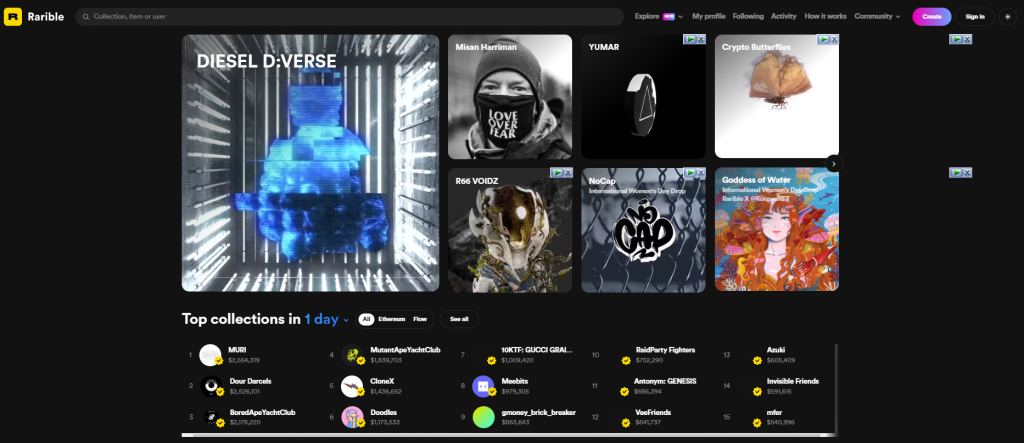
Rarible is one of the open NFT marketplaces like OpenSea. However, unlike OpenSea, Rarible is community-driven where users of RARI tokens can participate in deciding Rarible policies. Rarible has a large NFT collection, especially in the digital art section. Rarible has its own token, namely RARI, which you can use when making NFT transactions. In addition, Rarible is built on top of the Ethereum network but also leverages the blockchain Flow and Tezos. This provides an option for creators who want to create NFTs to avoid Ethereum’s expensive transaction fees.
In appearance, the UI of Rarible has similarities with OpenSea with an easy-to-use site and a simple transaction process. Rarible also charges a 2.5% fee on each transaction, the same as OpenSea.
Reasons to use:
- Rarible charges no fees on NFT creation and registration
- It is multi-chain by integrating blockchain Ethereum, Flow, and Tezos networks
- Easy-to-use UI interface
Reasons to avoid:
- Rarible’s NFT collection is not as big as OpenSea
- Expensive Ethereum transaction gas fees
3. Foundation
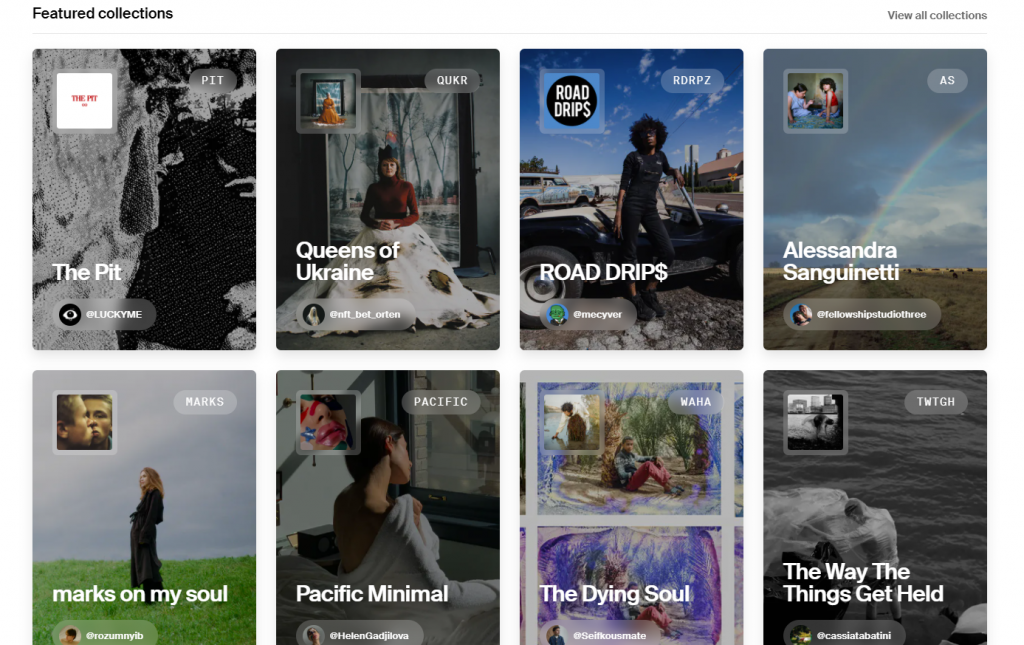
Foundation is one of the NFT marketplaces that focuses on digital creators and artists. All NFT contributors to the Foundation must have an invitation from a Foundation artist member. In addition, all NFTs sold to the Foundation need to go through a curation process. This creates exclusivity to the NFT collections on Foundation. Also, Foundation once hosted expensive NFTs sales such as Nyan Cat’s NFT and Edward Snowden’s NFT.
In terms of transaction volume, the Foundation touched $26.51 million dollars in the last 30 days. Selling an NFT on the Foundation gives 85% of the value of the NFT to the creator, and the sale after that earns 10%. This figure is very low compared to other marketplaces but NFT on Foundation usually has a higher price than usual. In addition, the artwork sold at the Foundation tends to be more authentic and artistic than the typical NFT.
Reasons to use:
- Contains rare collectibles exclusive to the Foundation
- A curated NFT collection of Foundation member artists
- Marketplace oriented towards digital creators and artists
- Contains various artistic NFT collections ranging from digital artwork, photos, and animations
Reasons to avoid:
- Creating an NFT on a Foundation requires an invitation from a Foundation member
- NFT prices tend to be expensive compared to other platforms (above 1 Eth)
- Expensive Ethereum transaction gas fees
4. SuperRare

NFT Marketplace Super Rare is an open digital NFT marketplace where everyone can create their own NFT. However, Super Rare pays more attention to and curates all the NFTs sold on its platform. All NFTs will go through a curation process and require approval from Super Rare. This ensures the quality of the NFT ecosystem while opening up opportunities for many other digital creators. Super Rare’s UI also tends to be minimalistic, in contrast to most other platforms such as OpenSea and Rarible.
According to DAppRadar, Super Rare’s transaction volume stands at $4.16 million dollars. The price of NFT on the Super Rare platform is on average more expensive than NFT on OpenSea or Rarible. This is of course because most NFTs on Super Rare are curated and rare. In addition, Super Rare also has a RARE token and a DAO (decentralized autonomous organization) where community members can participate in various Super Rare policies. All sales in Super Rare give the creator 85% of the value of the NFT, just like the Foundation.
Reasons to use:
- A curated collection of rare NFT
- Minimalist UI display that gives the impression of an art gallery
- Giving freedom to creators to create various kinds of digital works
Reasons to avoid:
- Expensive Ethereum transaction gas fees
- The average price of NFT is quite expensive (above 1 Eth)
5. NiftyGateway
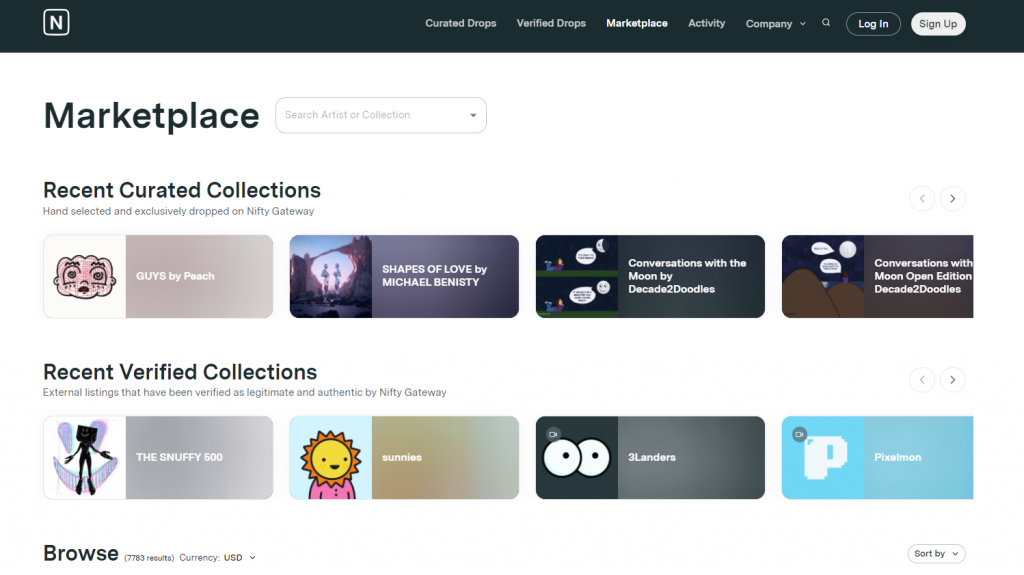
NFT Marketplace NiftyGateway is part of the initial wave of the open NFT market. It is backed by one of the biggest crypto companies in the crypto world, Gemini. NiftyGateway was once part of the most expensive NFT sales, namely Beeple’s CROSSROAD and digital artist The Merge, which sold for US$91.8 million in December 2021. In addition, NiftyGateway also frequently collaborates with well-known artists such as The Weekend and Eminem.
NiftyGateway is a custodial NFT marketplace. This means that you buy NFT through NiftyGateway, not directly to the NFT owner. NiftyGateway also stores the NFT data that you buy so that the NFT ownership data is not stored in the digital wallet. However, because it integrates with Gemini, NiftyGateway explains that its custodial system is very secure.
Reasons to use:
- NFT payments can be made by credit card or Eth
- Has a large NFT collection and special collections from artists like The Weekend
- Has an easy-to-use UI
Reasons to avoid:
- Expensive transaction gas fees on the Ethereum network
- It is custodial and payments are not made peer-to-peer but to the NiftyGateway platform
- Becoming an NFT creator requires waiting for the approval process from NiftyGateway
6. KnownOrigin
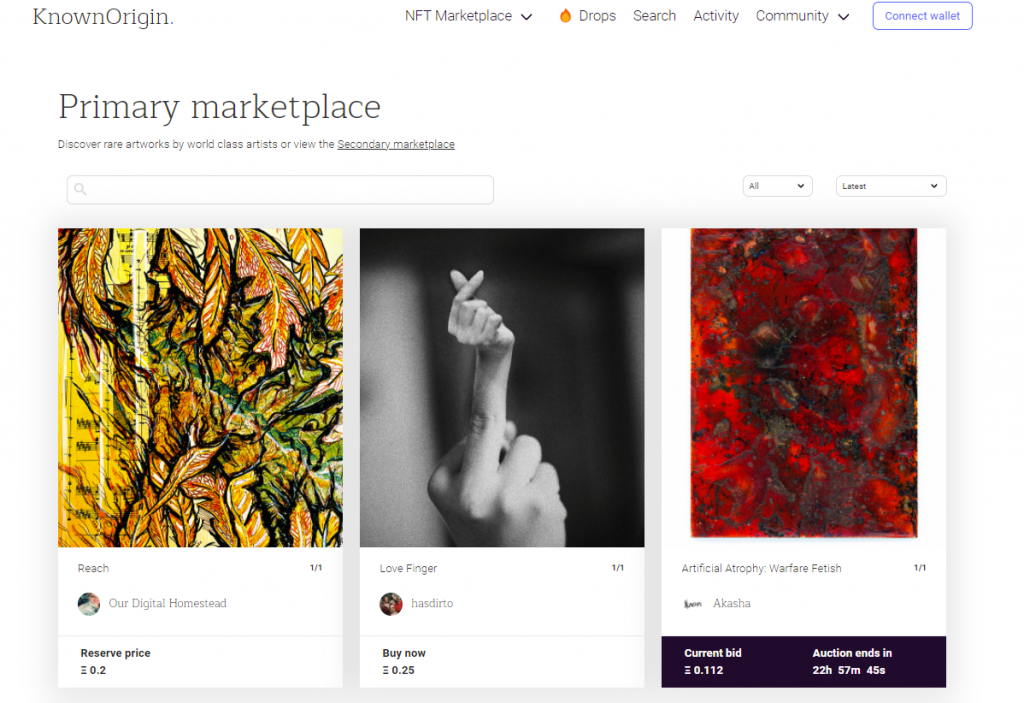
Marketplace KnownOrigin is one of the oldest and earliest digital NFT marketplaces. KnownOrigin provides an art gallery experience with various NFT collections from renowned artists. So, KnownOrigin doesn’t offer cute avatars or NFT collectibles like CryptoPunks. KnownOrigin’s NFT collections tend to be highly artistic with a variety of digital artworks specifically to appeal to art collectors and connoisseurs. Like Super Rare and Foundation, the UI of KnownOrigin is designed like a digital art gallery with a focus on artists who are launching their collections.
Artwork on KnownOrigin is also protected by IPFS (InterPlanetary File System that hosts and secures the file image of your NFTs*)* ****which gives it even more protection against piracy and theft. In addition, creators and artists who wish to create an NFT on KnownOrigin also need to go through the approval and curation process by showing their art portfolio. This creates an NFT ecosystem that focuses on quality artwork that isn’t made for everyone. Although NFT on KnownOrigin is curated and created by renowned artists, the average price for NFT collections on KnownOrigin tends to be lower than that of Foundation and Super Rare.
Reasons to use:
- A collection of rare and curated NFTs
- Contains artistic works of art created by famous artists
- Easy-to-use minimalistic UI platform
- NFT collections on KnownOrigin are not very expensive (many collections for under 1 Eth)
Reasons to avoid:
- Expensive transaction gas fees on the Ethereum network
- Becoming an NFT creator requires following the approval process from KnownOrigin
7. Makers Place
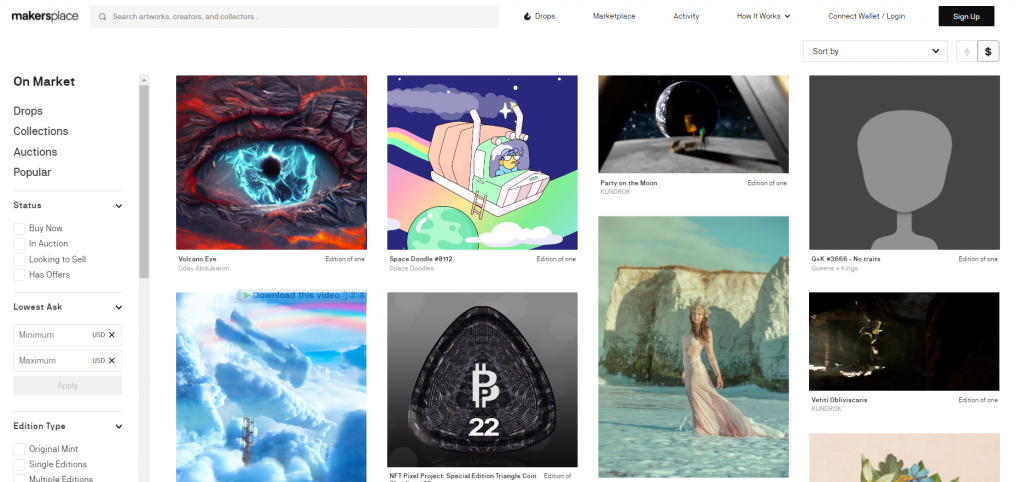
Makers Place is one of the unique NFT marketplaces that offer a serious collection of artistic digital artwork but also offers more popular collections like BAYC. The marketplace has a diverse collection ranging from world-renowned artists to the NFT collection by Rage Against the Machine guitarist Tom Morello. These rare works were specifically created for the Makers Place platform as a collaboration with various artists.
Like other large NFT marketplaces, Makers Place offers an easy-to-use UI to find the collection you want. In addition, Makers Place also provides a choice of payment methods using a credit card.
Reasons to use:
- Provide various NFT collections ranging from artistic works of art to NFT BAYC
- Has an NFT collection of famous artists like Tom Morello, Shakira, and Beeple.
Reasons to avoid:
- The NFT creation process needs to go through the registration line and wait for platform approval
- Expensive transaction gas fees on the Ethereum network
8. Looks Rare

Looks Rare is the newest NFT marketplace on this list. It is a unique, community-oriented platform with the jargon “By NFT People, for NFT People.” Looks Rare is the first NFT marketplace to actively reward NFT creators, collectors, and buyers. Looks Rare rewards every NFT transaction in the form of its native token, LOOKS. Additionally, LOOKS tokens can also be used in staking to get additional rewards. Looks Rare does this with the hope of creating an ecosystem that rewards active participants.
At the beginning of its launch, Looks Rare also provided an airdrop of LOOKS tokens for free to OpenSea users with a minimum transaction amount of 3 ETH. According to DAppRadar, as of March 2022, Looks Rare ranks 2nd after OpenSea in terms of transaction volume. In the last 30 days, Looks Rare’s transaction volume stood at $842.93 million dollars. Many users are starting to switch to Looks Rare and one of the reasons is the platform’s transaction fee which is only 2%, lower than other marketplaces.
Reasons to use:
- Rewards LOOKS tokens on NFT transactions
- Has a diverse collection of NFT
- Alternative to open NFT platforms like OpenSea
Reasons to avoid:
- Expensive Ethereum transaction gas fees
Buying NFT using cryptocurrencies
Before you start buying NFT on the various marketplaces above, you must own Ethereum . You can buy ETH on the Pintu app. Through Pintu, you can buy ETH in a safe and convenient way.
In addition, the Pintu application is compatible with various popular digital wallets such as Metamask to facilitate your NFT transactions. You can download the Pintu app on Play Store and App Store! Your security is guaranteed because Pintu is regulated and supervised by Bappebti and Kominfo.
You can also learn more about crypto through the various Pintu Academy articles which are updated every week! All Pintu Academy articles are made for educational purposes, not financial advice.
References
- Melanie Kramer, Daniel Phillips, and Stephen Graves, Beginner’s Guide to NFTs: What Are Non-Fungible Tokens?, Decrypt, accessed on 8 March 2022.
- The Ascent, 10 Best NFT Marketplaces, Fool, accessed on 8 March 2022.
- Top 5 Best NFT Marketplaces, DataDrivenInvestor, accessed on 9 March 2022.
- Esat Dedezade, 13 of the Biggest NFT Marketplaces, Decrypt, accessed on 9 March 2022.
- Ian Dean, 11 NFT marketplaces you should know, Creative Blog, accessed on 9 March 2022.
- NFT (Non-Fungible Tokens) Marketplaces, DAppRadar, accessed on 10 March 2022.
- LooksRare NFT Marketplace & Token Launch – Now Live!, LooksRare Blog, accessed on 10 March 2022.
Share
Related Article
See Assets in This Article
ETH Price (24 Hours)
Market Capitalization
-
Global Volume (24 Hours)
-
Circulating Supply
-
